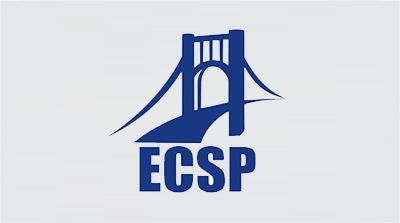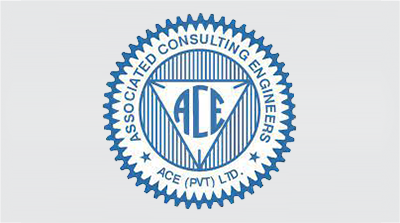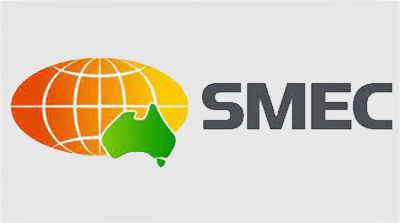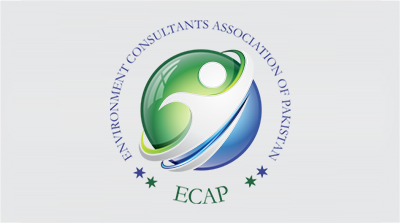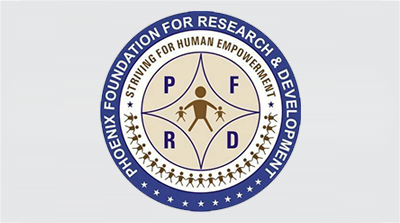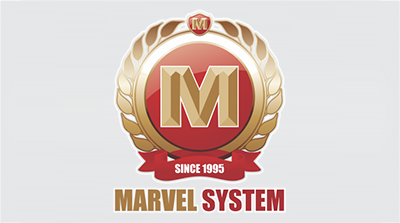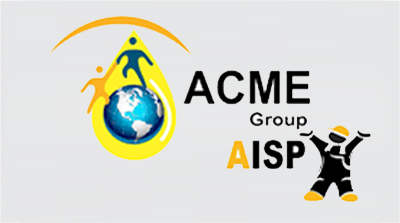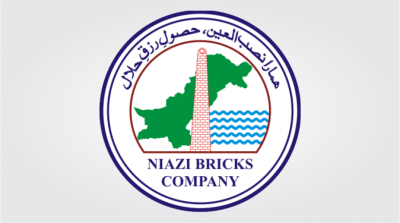
How EcoCare is Implementing Nature-Based Systems to Combat Water Pollution?
Introduction:
With Pakistan facing severe water scarcity and pollution, constructed wetlands (CWs) provide a sustainable and low-cost alternative to conventional treatment plants. At EcoCare, we’ve leveraged this technology in projects like the Cholistan solar power socio-environmental assessment. This blog examines how CWs operate and their potential applications in Pakistan.
What Are Constructed Wetlands?
Constructed Wetland Treatment Systems (CWTS) are engineered ecosystems that mimic natural wetlands to filter pollutants. Two primary types are used in Pakistan:
- Surface Flow (SF) Systems
- Water flows above ground through vegetation (e.g., cattails).
- Ideal for large-scale municipal wastewater (e.g., Putrajaya Wetlands in Malaysia).
- Subsurface Flow (SSF) Systems
- Water filters through gravel beds planted with reeds.
- Best for industrial effluents and villages (common in Europe).
Case Study: A CWTS in Punjab reduced BOD levels by 85% using Phragmites karka (common reed).
Why Pakistan Needs CWs?
Cost-Effective:
60% cheaper than mechanical plants (no electricity needed).
Climate Resilience:
Tolerating flood/drought cycles (critical for Sindh/Balochistan).
Biodiversity Boost:
Attract birds and aquatic life (e.g., restored mangroves in the Indus Delta).
Data Point:
1 hectare of CW can treat wastewater from 1,000 people daily.
EcoCare’s CW Projects
We’ve designed CWs for:
Textile Industries:
Removes dyes and heavy metals (Faisalabad pilot).
Rural Communities:
Treats sewage in off-grid villages (Balochistan).
Agriculture:
Filters pesticide runoff (collaboration with USDA, 2002).
Source: Fikar-e-Sultan



